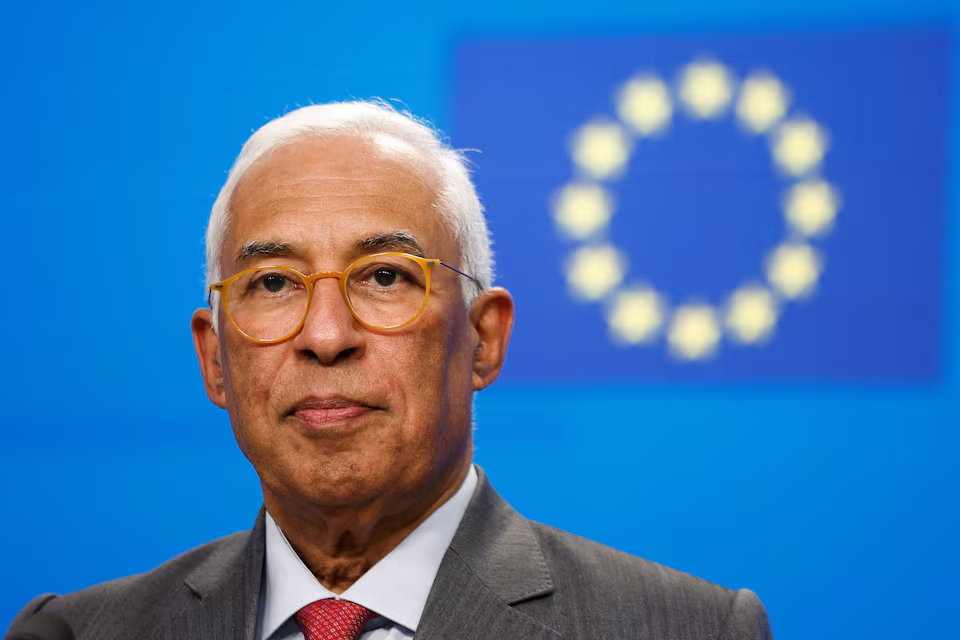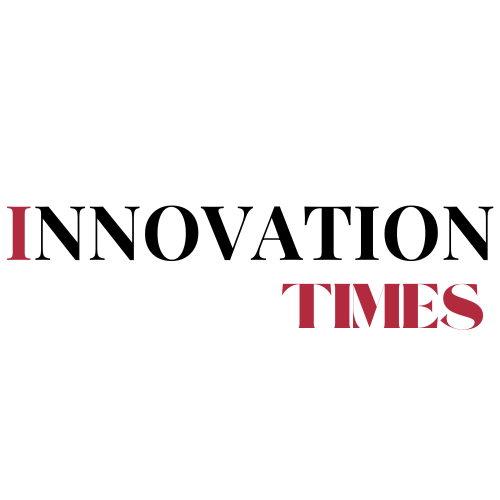As the geopolitical landscape shifts dramatically, European Union leaders will gather in Brussels on Monday to address two of the most pressing challenges facing the continent: bolstering defences against Russia’s increasing military aggression and navigating the fallout from U.S. President Donald Trump’s recent tariffs on Canadian, Mexican, and Chinese goods.
The meeting, a special “retreat” rather than a formal summit, will take place at a royal palace-turned-conference center. Here, the EU’s 27 member state leaders will engage in high-level discussions without the pressure of official declarations or decisions, focusing on how to secure Europe’s future in a rapidly changing world.
While the ongoing Russian threat will be a central topic, EU officials are also bracing for potential fallout from Trump’s sweeping weekend tariff actions. The move, which sent shockwaves through global markets, is seen as an early sign of more trade challenges between the U.S. and the EU. With tensions already high, the European leaders will likely address how to protect their economies from similar measures that could impact Europe’s trade relationships and global standing.
Trump’s recent foreign policy moves, including demanding that Denmark cede Greenland to the United States, have only intensified concerns within the EU. The unpredictable nature of U.S. foreign policy, under Trump’s leadership, raises questions about the stability of transatlantic ties. Trump’s insistence on European countries increasing their defence spending and reducing reliance on NATO could further complicate the alliance and challenge Europe’s strategic posture.
At the heart of the defence discussions will be the question of how the EU can enhance its military capabilities while managing the growing pressure to invest more in security infrastructure. “Europe needs to assume greater responsibility for its own defence,” said Antonio Costa, the President of the European Council. His letter to EU leaders stressed that Europe must become “more resilient, more efficient, more autonomous, and a more reliable security and defence actor” in an increasingly uncertain world.
But the issue of funding remains contentious. Many EU nations, already grappling with strained public finances, are reluctant to commit to significant increases in military spending. Countries like France and the Baltic states have proposed joint EU borrowing to fund defence projects, while Germany and the Netherlands have firmly opposed such measures. Finding common ground on financing will be a delicate balancing act for the bloc.
Since Russia’s 2022 invasion of Ukraine, European nations have made significant strides in ramping up defence spending, but the EU is still far from meeting the level of military expenditure Trump has demanded. The U.S. President has repeatedly called for European NATO members to dedicate 5% of their GDP to defence, a target no NATO member, including the United States, has currently met.
In 2022, EU countries spent an average of 1.9% of their GDP on defence, amounting to around 326 billion euros. This figure represents a 30% increase from the previous year, but it also highlights significant disparities across the bloc. Nations like Poland and the Baltic states have increased their defence budgets dramatically, with Poland spending more than 4.1% of its GDP on defence. In contrast, larger economies such as Italy and Spain spend far less—around 1.5% and 1.3% respectively.
The path forward for EU defence spending and trade policy will require tough decisions and strong leadership. As these leaders gather in Brussels, the stakes have never been higher.
Stay ahead with the latest news on global innovation, leadership, entrepreneurship, business, and tech. Join us on WhatsApp or Telegram for real-time updates. Have a report or article? Send it to report@theinnovationtimes.com. Follow us on X (Twitter), Instagram, LinkedIn, YouTube, Pinterest, and Facebook for more insights and trends.



